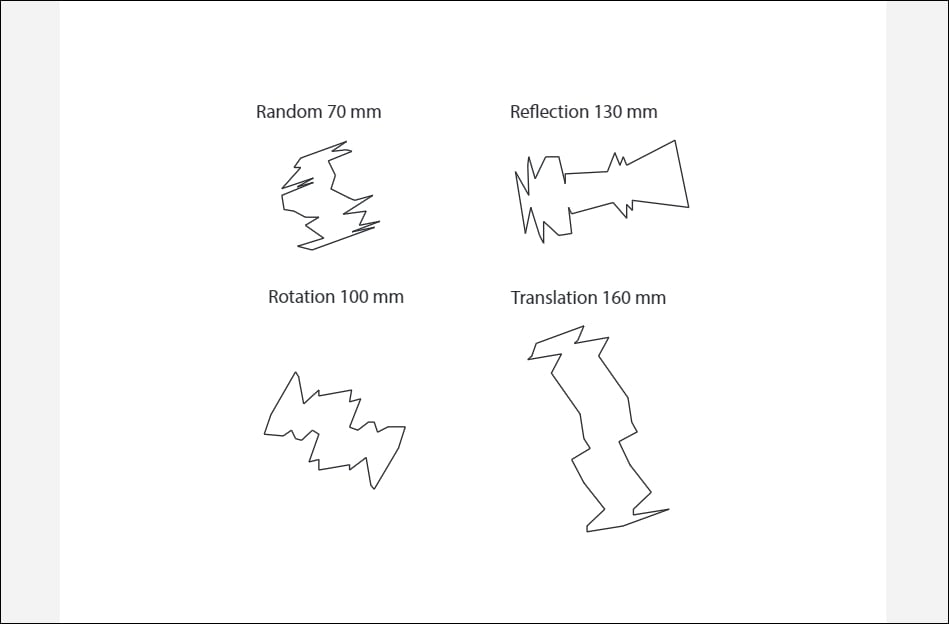Art World
What Makes Something Beautiful? According to Scientists, It’s All About ‘Hedonic Processing Fluency’
A new study compares polygons to find out which one the human eye deems most beautiful.

A new study compares polygons to find out which one the human eye deems most beautiful.

Rachel Corbett

Behavioral researchers have long known that humans are drawn to symmetry. But there are many different types of symmetries in the world and many shapes in which they appear. So which ones are the most beautiful?
Manhattan College psychology professor Jay Friedenberg recently conducted an experiment to help answer that question. He asked 29 participants to rate different shapes on a scale of one to seven, with one being “very ugly” and seven being “very beautiful.”
The study considered four different polygons (none of which you are likely to encounter in real life). One has a random contour; one contains reflectional (mirror-image) symmetry; one has translational symmetry (a part of the shape slid to another location); and one has rotational symmetry (the shape turned around a point either clockwise or counterclockwise).
The experienced researcher wasn’t surprised to discover that most participants preferred the mirror-image form of symmetry, which some say has an evolutionary basis in assessing the reproductive fitness of potential mates. People also, unsurprisingly, tended to spend more time looking at this ideal shape.
But the study also yielded an unexpected result. Friedenberg was surprised to see the shape with translational symmetry rank so low. It fared just as poorly as the completely random shape. “This demonstrates that ordered patterns are not always more beautiful than disordered ones,” he wrote.

The four contour conditions at different axis lengths and orientations. Image courtesy of Jay Friedenberg.
In a second experiment, Friedenberg showed the shapes to participants in four different orientations. Those that were presented vertically were rated the most beautiful, followed by those in oblique (rotated 45 degrees), and then those in horizontal positions.
The study argues that the findings are the result of something called “hedonic processing fluency.”
“In this view, patterns that are processed more easily are also judged as more pleasing and beautiful,” the study says. “Ease of processing is thought to produce a ‘warm glow’ because it signals potentially positive outcomes.” (In other words, we like that which we can easily understand.)
So what is the most beautiful shape? It’s hard to say. It might not be a square, an oval, a star, or even something recognizable at all. What does this mean? Odds are, science says, it is some kind of vertically oriented polygon with reflectional symmetry.
So just keep that in mind next time you’re picking a pattern.